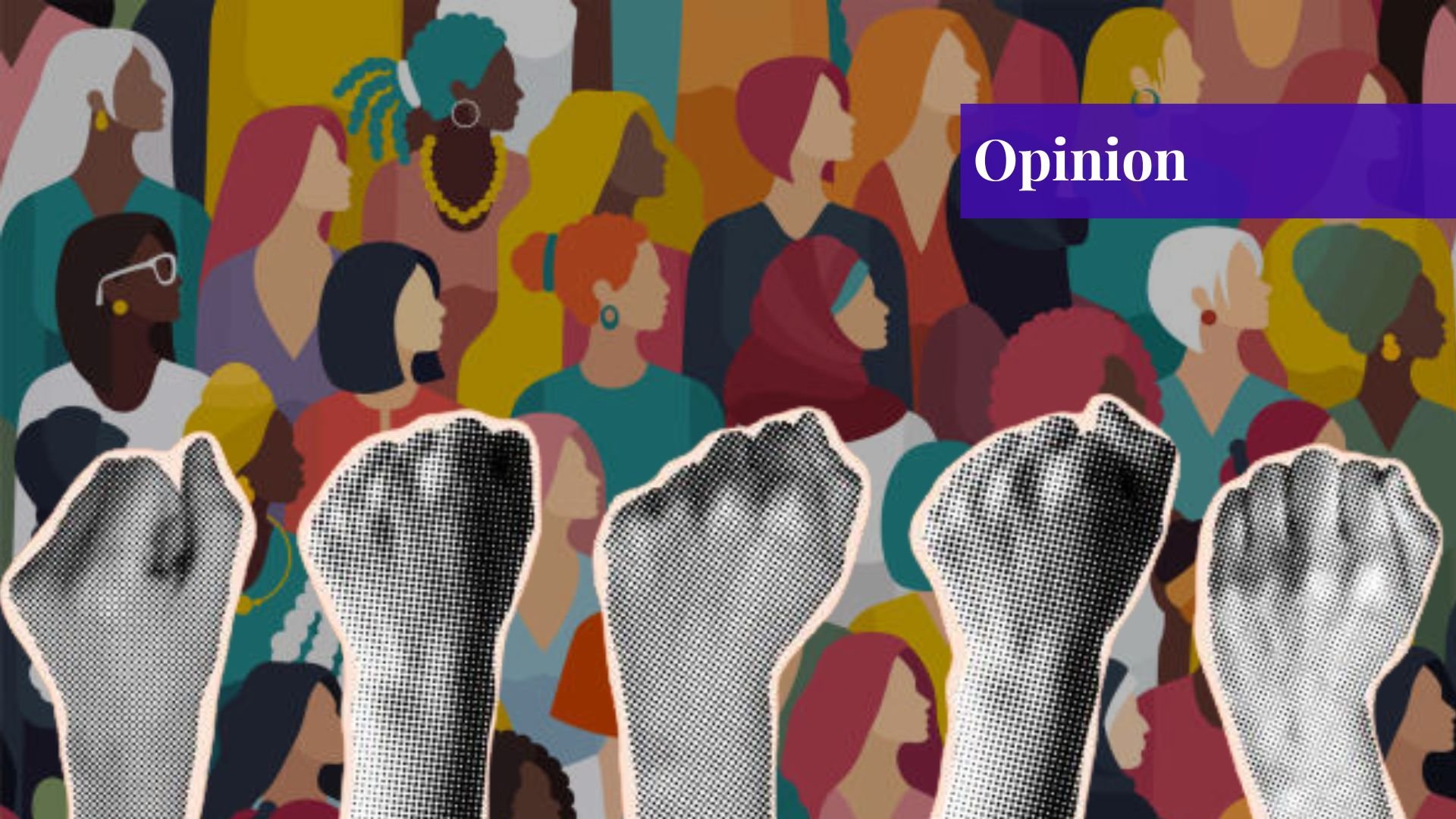Feminism in Pakistan, as is the case in a vast number of countries, is often thought to be a movement that requires the rejection of traditional femininity in favor of a strong, more assertive, “gender-neutral,” or even masculine form of empowerment. This, as it implies, can only reflect a binary and narrow view, one in which power and femininity are viewed as two opposing forces. Femininity itself can be an empowering force, one that can be used to enhance feminist discourse in the context of expanding the definition of empowerment that does not necessitate any abandonment of certain traits.
This article explores feminism and femininity as a unified picture rather than two contradicting forces. By looking at the historical and cultural contexts and studying Pakistani women who embody feminist ideals along with femininity, the article aims to come to an inclusive vision of empowerment that allows women to build their definitions and exercise power on their own terms.
Femininity as a Form of Power
To first understand why femininity and feminism are not at odds, one must thwart the presumption that power is purely masculine. Patriarchal structures have historically identified power in terms of dominance, detachment, and brute force, features traditionally associated with masculinity, whereas features of femininity have been regarded as passive, decorative, or secondary. However, this fails to recognize that not all kinds of power can be construed in binary oppositions.
Femininity consists of a whole range of characteristics: grace, beauty, compassion, emotional intelligence, gentleness, and nurturing. Throughout history, the silencing of femininity from the conceptual settings of strength has contributed to the dismissal of femininity from the strong attributes of womanhood.
In many cultures, including Pakistan, women have nurtured their power through social networks, emotional intelligence, and building relationships within families and communities. The notion of a “soft” power that persuades rather than coerces has often suffered belittlement in comparison to brazen shows of power. However, history is full of leaders, activists, and reformers who have instigated real change through just these qualities.
Not only is the rejection of femininity as a form of strength an entity of the patriarchal model, but it is also sometimes an internalized bias within some strands of the feminist movement. With certain strands of feminism defining traditionally feminine characteristics as regressive or tools of subjugation, there is often a danger that essentialism for many remains alive. While patriarchal systems have historically exploited femininity in the sense of custom, practice, and philosophy, by and large, femininity demands power. The line between authoritative femininity, in this case, is imposed versus whether it is one’s choice.
The Pakistani Context: Feminism’s Struggle with Cultural Identity
Feminist discourse in Pakistan has become entangled with cultural and religious narratives through which gender roles are construed. Historically, this movement for women’s liberation has suffered much resistance, framed as a Western imposition or an attack on traditional values, and as a result, many women strove to create a delicate balance between gender equality on one hand and their cultural and personal identities on the other.
One challenge within Pakistani feminism is that women must fit into a certain, often radical, model of empowerment that always seems incongruous with the “traditional” expressions of femininity. Such logic is problematic as it does not recognize that equality can be achieved without abandoning culture. This runs the risk of excluding women who view femininity as central to their identity from the fold of feminism, thereby doubling the risk of contributing to a binary ideology that discourages a woman from an asserted self and says that in order to be sturdy, one must eliminate their softness.
True empowerment must afford one the space of choice; she should be allowed to wear traditional clothing in peace, embrace motherhood, or show tenderness without being perceived as reinforcing patriarchy. On the opposite side, she should be equally free to reject these attributes, should she desire to. It is not about imposing prescriptions for how an empowered woman should look but is about pulling down structures that entrap and reinforce gender roles.
Pakistani society has innumerable women who exist as embodying both the tenets of feminism and femininity that set into question solid definitions of strength. Women like Benazir Bhutto, who navigated the polarizing nature of politics while exercising her identity as a mother and a graceful woman, show that assertiveness and softness do coexist with equal credibility in a human being.
The Fallacy of Masculine Power as the Default
One of the main reasons why femininity is overlooked as a form of power is the deeply ingrained assumption that masculine traits define strength. It is not only a cultural bias but systematically reiterated through literature, philosophy, and economic structures. This bias is evident in the way female leaders are judged by a different set of standards than their male counterparts. If a woman in a position of power takes traditionally masculine traits, assertiveness, decisiveness, and emotional distance, she is labeled “cold,” “aggressive,” or “unlikeable.” By contrast, if she is seen to show traditionally feminine traits such as nurturing and emotional intelligence, she is labeled as “weak” or unable to assume leadership.
True power lies in integration. Women should not be made to choose between respectability and being true to themselves. The next wave of feminism must stake itself against the proposition that empowerment means disowning femininity. It must promote a world in which strength will be valued, whether expressed in raging defiance or steadfast, quiet resilience, in ambition or grace, in tactical toughness or compassionate leadership. In redefining the notion of power, we step in pursuit of a society that respects strength in diversity rather than imposing an outdated model of power upon the individual.
Conclusion
The notion that feminism could be against femininity is a false dichotomy, serving neither the cause of progress nor the women it seeks to empower. True feminism does not aim to erase femininity; it merely desires that it cease to be wielded at length as an instrument of control. In Pakistan and beyond, the future will require the movement to embrace the complexities of womanhood and treat softness not as weakness but as the freedom to establish one’s own definition of strength. Women should not be made to choose between empowerment and femininity; they should rather be empowered to reclaim, redefine, and utilize their femininity as a catalyst for all change.
If you want to submit your articles, research papers, and book reviews, please check the Submissions page.
The views and opinions expressed in this article/paper are the author’s own and do not necessarily reflect the editorial position of Paradigm Shift.
Momina Areej is currently pursuing an MPhil in Clinical Pharmacy Practice. With a passion for writing, she covers diverse topics including world issues, literature reviews, and poetry, bringing insightful perspectives to each subject. Her writing blends critical analysis with creative expression, reflecting her broad interests and academic background.



